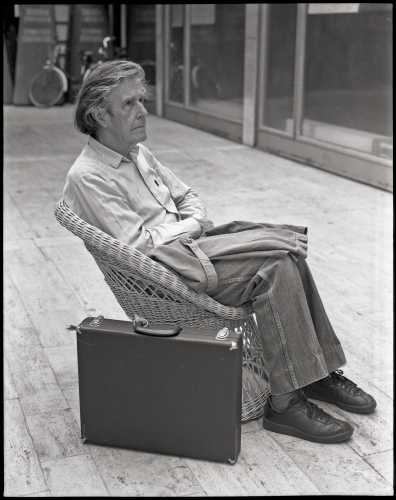“All sound is nearly akin to Silence; it is a bubble on Her surface which bursts straightway, an emblem of the strength and prolificacy of the undercurrent” – writes Thoreau, an idea that was also crucial for John Cage who deliberated sound from all musical constraints, and this freedom of the sound represented by the music of John Cage still echoes in numerous works of contemporary artists.In Eastern European countries, during communism, it used to be difficult to keep oneself well-informed on current musical and artistic trends. Cage’s works, writings and records could be acquired only through secret channels. He was a living legend, hence the extraordinary significance of his visits beyond the Iron Curtain. Numerous musicians and artists went on a sort of pilgrimage in order to attend his concerts or shows performed together with the Merce Cunningham Dance Company; but Cage was also interested in local intiatives regarding art and music. He attended concerts, visited artist ateliers and, as George Maciunas Fluxus put is, „wherever he has been to, a small John Cage group has come to existence in his footsteps that later on either admitted or denied its origins. But, it remains a fact: these groups emerged following his visits.” It is due to his influence that workshops of experimental music (like the Experimental Studio in Warsaw, OPUS 4 in Belgrade, New Music Studio in Budapest, Acezantez in Zagreb, Collective Actions in Moscow or Transmusic Company in Bratislava) opened up towards visual arts and happening-like concert performances. This volume is a fully comprehensive exhibition catalogue of the show The freedom of sound – John Cage behind the iron curtain (23 November 2012 – 17 February 2013).
Language: English

